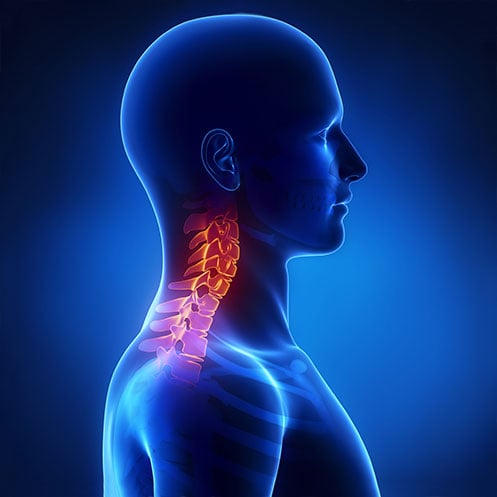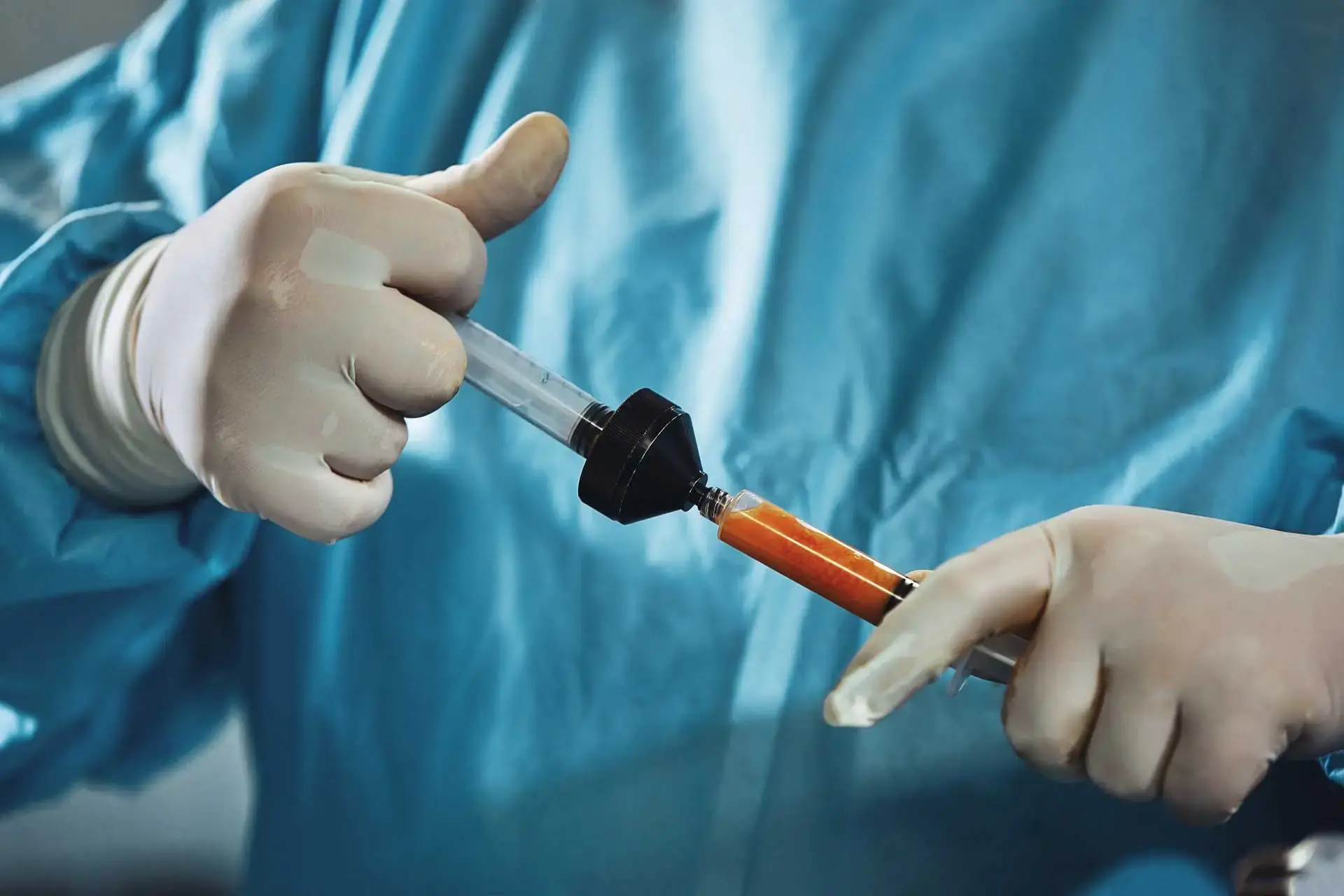Choosing Your Path: Breast Reconstruction After Mastectomy
If you have recently undergone a mastectomy and are now exploring breast reconstruction surgeries, you are not alone. More than 100,000 women in the U.S. experience some form of mastectomy and lumpectomy each year. While this surgery is often one of an imperative nature, many women turn to breast reconstruction after surgery for a variety of reasons.
Fortunately, there are a variety of breast reconstruction options available post-mastectomy. As Dr. Anjeanette T. Brown, fellowship-trained breast surgeon with the Breast Center of New Jersey, shares, “Mastectomies can be difficult for many women. Breast reconstruction surgery offers them a way to reclaim their confidence and feel good in their skin again.”
What Is Breast Reconstruction Surgery?
Breast reconstruction surgery is a procedure designed to rebuild the shape and appearance of a breast following mastectomy. Ultimately, the goal is to create a breast mound that resembles the natural breast in size, shape, and position.
Breast reconstruction surgeries are done in several ways:
- Using breast implants filled with silicone gel or saline
- Using tissue from another part of the patient's body (autologous reconstruction)
- A combination of these techniques
Breast reconstruction can be done at the same time as the mastectomy (immediate reconstruction) or months to years later (delayed reconstruction). The procedure may also involve multiple stages and additional surgeries to achieve the desired outcome.
Exploring Your Breast Reconstruction Options
A variety of breast reconstruction options are available depending on your personal preferences. Each option has its own method and advantages, so it is necessary to review all the options carefully before deciding which is best for you.
1. Implant-Based Reconstruction
Methods
- Direct-to-implant: Placement of a permanent implant immediately after mastectomy.
- Two-stage expander/implant: A tissue expander is inserted, followed by gradual expansion and later replacement with a permanent implant.
Benefits
- Generally, shorter surgery and recovery time
- It is typically a less complex procedure
- There are usually no donor site complications
Considerations
- Risk of implant-related complications (rupture, capsular contracture)
- It may require replacement over time
- Potential for a less natural feel compared to autologous reconstruction
2. Autologous Flap Techniques
DIEP (Deep Inferior Epigastric Perforator) Flap
- Method: DIEP Flap surgery uses abdominal skin and fat for reconstruction
- Benefits: Natural look and feel, long-lasting results
- Considerations: Longer surgery and recovery, abdominal scar
TRAM (Transverse Rectus Abdominis Myocutaneous) Flap
- Method: TRAM flap surgery uses abdominal skin, fat, and muscle
- Benefits: Natural results, option for those with insufficient DIEP blood supply
- Considerations: Potential for abdominal weakness, hernia risk
Latissimus Dorsi Flap
- Method: Uses tissue from the upper back
- Benefits: Good option for smaller breasts or partial reconstruction
- Considerations: It may leave a scar on one’s back and potential shoulder weakness
GAP (Gluteal Artery Perforator) Flap
- Method: Uses tissue from the buttocks
- Benefits: Option for those with insufficient abdominal tissue
- Considerations: Longer surgery, buttock contouring changes
Fat Grafting
- Method: Fat grafting involves transferring fat from other body areas to the breast
- Benefits: It offers a natural feel and can be used to refine other reconstruction methods
- Considerations: May require multiple procedures, potential for fat reabsorption
Oncoplastic Surgery Reconstruction
- Method: Oncoplastic surgery combines cancer removal with plastic surgery techniques
- Benefits: Can be used for partial mastectomy patients, often results in better cosmetic outcomes
- Considerations: It may not be suitable for all cancer types or locations
Factors Influencing Your Choice
For those seeking breast reconstruction after mastectomy surgery, these are some of the factors that a doctor will first evaluate:
- Body type and available donor tissue
- Desired breast size and shape
- Willingness to undergo multiple surgeries
- Acceptance of potential donor site changes
- Overall health and ability to tolerate longer surgeries
- Need for radiation therapy (may impact reconstruction timing)
- Personal preferences regarding implants vs. natural tissue
While this outlines some of the general considerations for breast reconstruction options, it is important to note the best method varies for each individual.
Recovery Time and Daily Activities
The extent and duration of recovery will vary based on the type of reconstruction performed. However, in general, this is what one might expect following these two common reconstruction procedures:
Implant-Based Reconstruction
- Generally shorter recovery period (2-4 weeks)
- Limited lifting and upper body movements for 4-6 weeks
- Gradual return to normal activities within 6-8 weeks
Autologous Flap Reconstruction
- Longer initial recovery period (4-6 weeks)
- Restricted activities for 6-8 weeks, especially involving the donor site
- Complete recovery may take 2-3 months
To ensure success post-surgery, patients should discuss their lifestyle, work commitments, and support system with their surgeon to develop a realistic recovery plan. It is essential to arrange help for daily tasks, especially in the first few weeks post-surgery.
Your Surgery Day: What to Expect
Upon arriving at the hospital, patients check in at admissions with required documentation and personal items. Preoperative preparation involves changing into a hospital gown, vital sign checks, IV insertion, and consultations with the anesthesiologist and surgeon. After transferring to the operating room, general anesthesia is administered.
The surgery takes between 2-8 hours, depending on the reconstruction type. Once complete, incisions are closed and dressed, and surgical drains are placed. Recovery begins in the Post-Anesthesia Care Unit (PACU), where nurses monitor vital signs as patients wake from anesthesia. Patients are then transferred to a hospital room for continued monitoring and pain management.
Take the Next Step Today
While these methods and considerations are true for most patients, it is important to remember this is a general guide on breast reconstruction options. The exact process will vary from patient to patient, depending on the specific reconstruction technique, hospital protocols, and individual needs.
If you are interested in exploring breast reconstruction options, the team at The Institute for Advanced Reconstruction is here to offer support. To learn more about what is right for you, contact us today to make an appointment with one of our board-certified breast surgeons in NJ.










